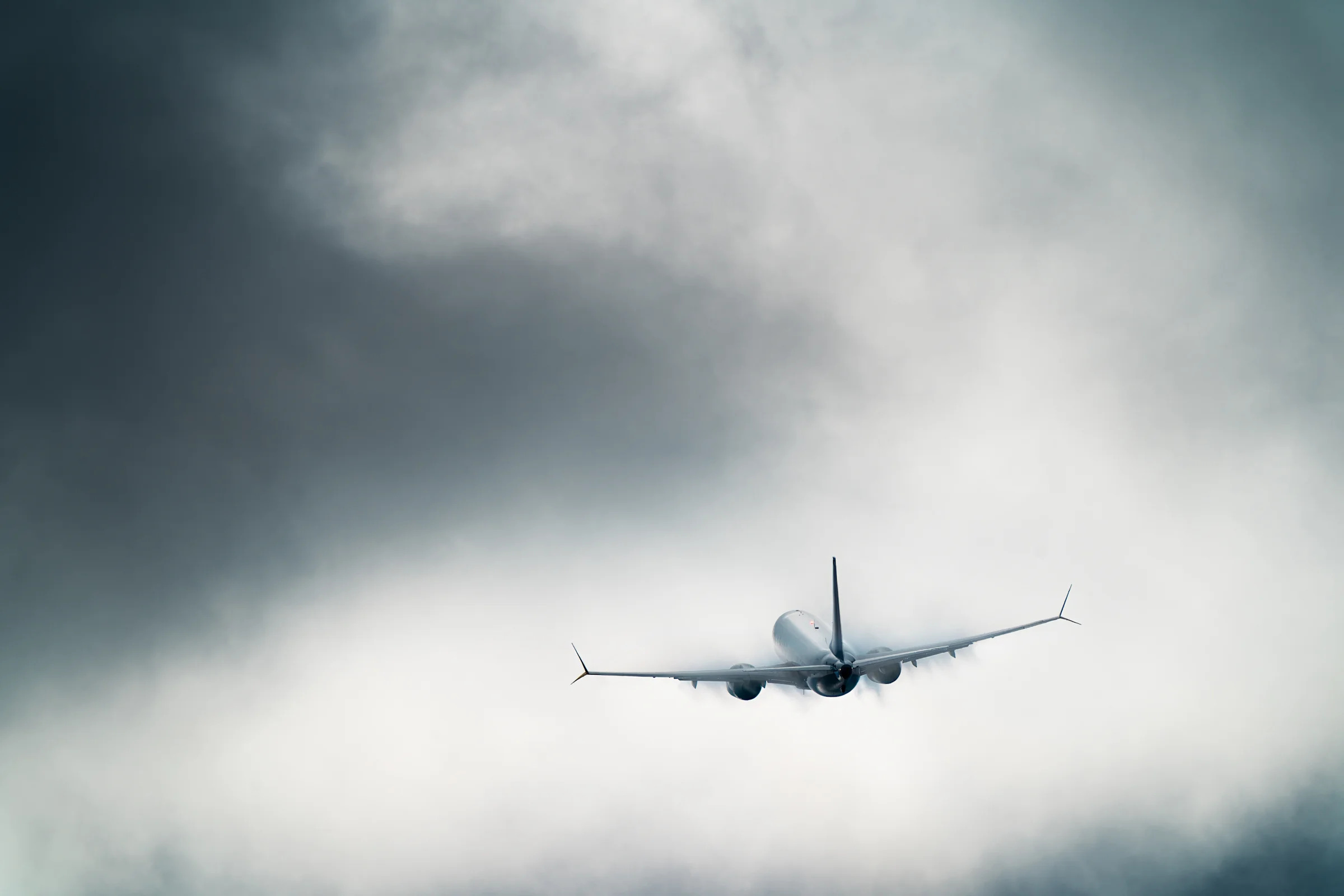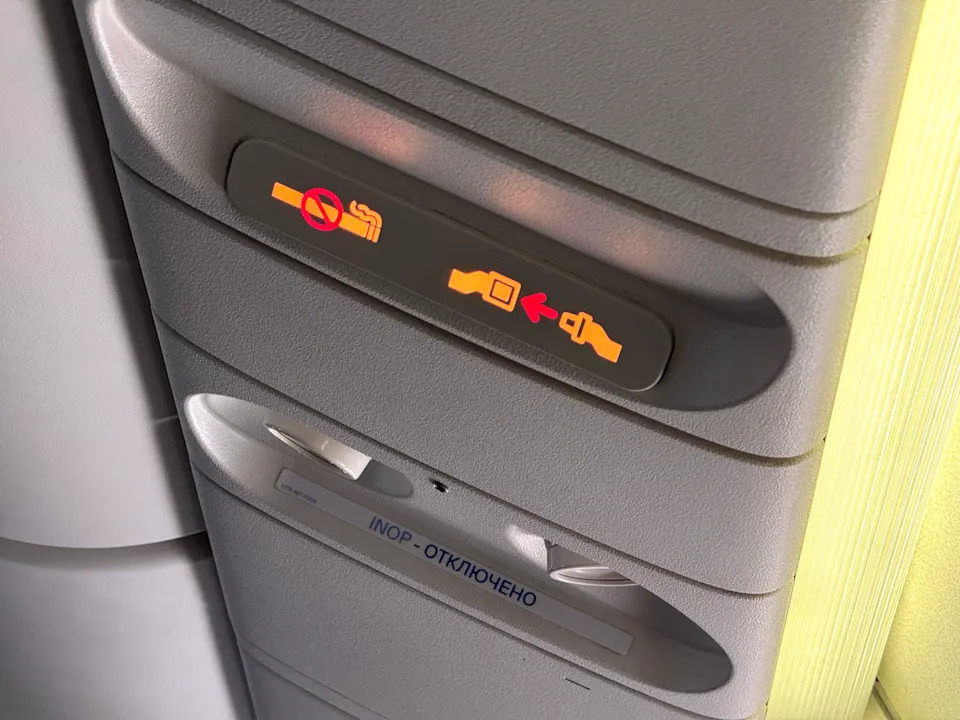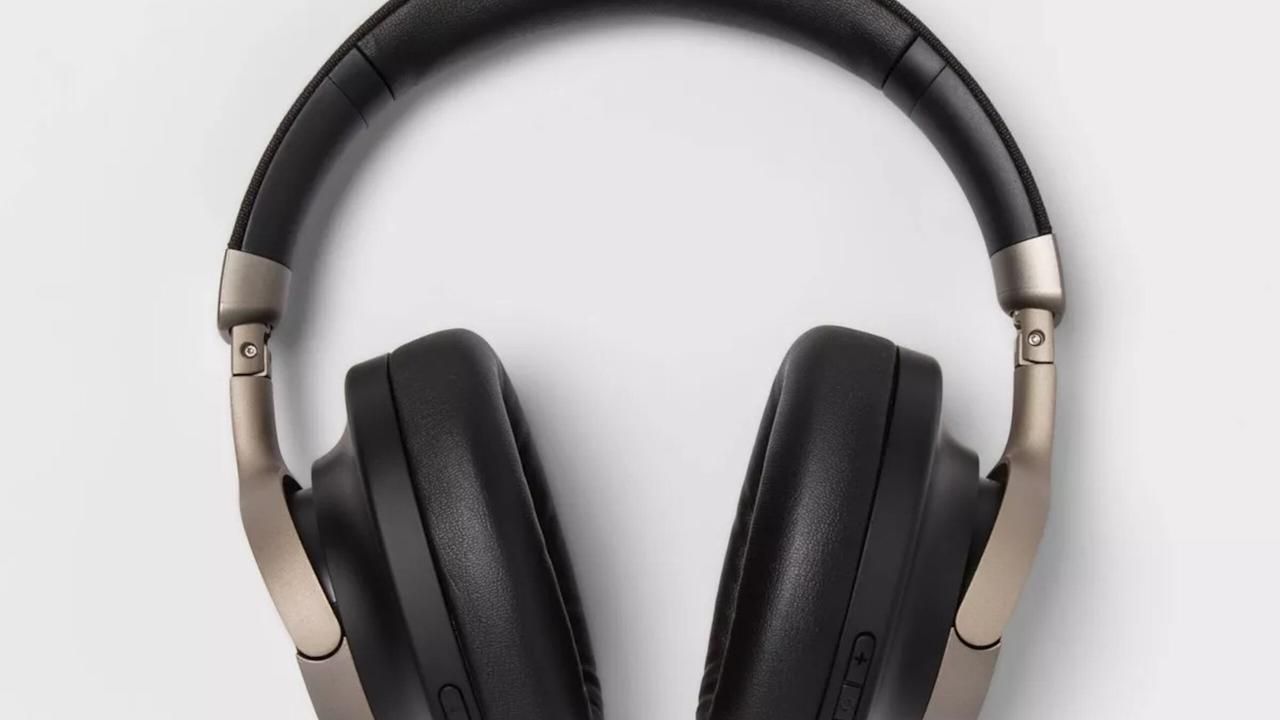It's not just in your head - turbulence in the skies has actually gotten worse and this is why

Air travel has become noticeably bumpier in recent decades, with a 2023 American Geophysical Union (AGU) study revealing that turbulence—especially clear-air turbulence—has surged by 55% over the past 40+ years.
Clear-air turbulence (CAT), which arises unexpectedly in seemingly calm skies—often at cruising altitudes near jet streams—is especially concerning. It’s largely invisible to radar and arises when fast-moving air meets slower-moving air, creating strong vertical wind shear.
Recorded turbulence-related injuries in recent years
Recent incidents underscore the rising dangers: for example, a Delta Air Lines flight from Salt Lake City to Amsterdam was forced to reroute to Minneapolis when turbulence struck mid-flight. More than 25 passengers were injured, prompting hospital care for many onboard . Meanwhile, the FAA reports that from 2009 to 2023, turbulence led to 40 serious passenger injuries and 166 crew injuries during that period.
So what's the cause of this increase in turbuence?
Scientists attribute this growing turbulence trend to climate change. Rising global temperatures intensify the jet stream and increase wind shear, which results in more frequent and severe CAT storms. The AGU study forecasts that turbulence may double or even triple in the coming decades, particularly along major Northern Hemisphere air corridors.
AdvertisementAdvertisement#_R_5rckr8lb2mav5ubsddbH1_ iframeThough rare, turbulence can cause significant disruptions and injuries, with reports of burns, fractures, and other trauma during sudden vertical drops or upheavals inside the cabin. It is also costly: airlines in the U.S. face $150–500 million annually in added expenses tied to turbulence-related delays, staffing issues, and aircraft maintenance.
To manage the threat, pilots rely on weather radar, flight path reports, and real-time data tools such as IATA’s Turbulence Aware system to navigate away from forecasted turbulence zones. Airlines have shifted protocols too—halting cabin service earlier or avoiding hot meals—to reduce risk during turbulence episodes.
Looking ahead, experts are investing in AI-powered forecasting models and advanced simulations to better predict and avoid turbulence incidents. Aircraft manufacturers are also encouraged to factor increased atmospheric stress into future designs.
 Passengers are urged to keep seatbelts fastened whenever seated—even on smooth flights
Passengers are urged to keep seatbelts fastened whenever seated—even on smooth flightsWhat we can do as of now
In the meantime, passengers are urged to keep seatbelts fastened whenever seated—even on smooth flights—to minimize injury during sudden turbulence. Though aviation remains highly safe overall, the frequency of rough air incidents is clearly on the rise.
If you're an anxious traveler, a good pair of noise canceling headphones can help drown the noise out o rpermit you to access calming music or meditation.

Target
Active Noise Cancelling Bluetooth Wireless Over-Ear Headphones
Active Noise Cancelling Bluetooth Wireless Over-Ear Headphones
$80 at Target Yahoo CreatorTheankaraqueenHi there! I'm Brenda. A thirty something year old millennial who loves all things travel and fashion. Happy to share my tips and tricks when it comes to booking flights as well as dressing up.FollowFollow
Yahoo CreatorTheankaraqueenHi there! I'm Brenda. A thirty something year old millennial who loves all things travel and fashion. Happy to share my tips and tricks when it comes to booking flights as well as dressing up.FollowFollowThe increasing reports of turbulence in the skies extend beyond mere individual experiences; it's a real and concerning trend that demands attention from aviation authorities, highlighting our need for safer flying conditions.
Inflight turbulence, which many passengers erroneously attribute to their 5 AM dance routines in the SkyClubs (though we know better), has actually become more frequent and severe due increasing instances of jet stream movements—a phenomenon that goes beyond mere 'head-feeling' for travelers.
The experience of increased turbulence in recent years' air travel is not a mere figment; it has indeed gotten worse, primarily due to changes like climate-related weather patterns.
The increasing frequency and severity of turbulence encountered by air travelers cannot be dismissed as mere subjective experiences. Scientific data shows it's a real phenomenon that has indeed worsened over time, likely due to climate change-induced weather patterns.














